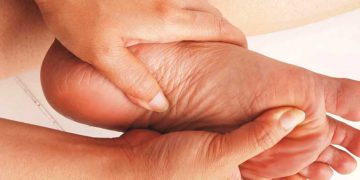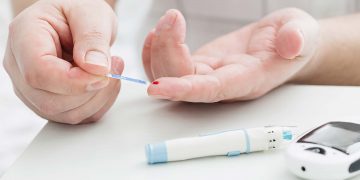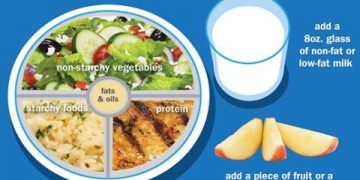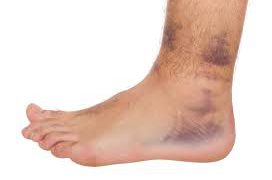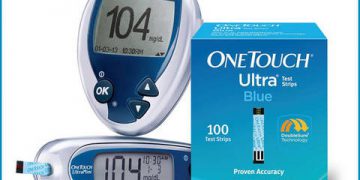Mild signs of hypoglycemia treatment
If the symptoms of hypoglycemia are mild it can be treated by eating something sweet – like having a glucose tablet or drinking some sugary drink – not the diet variety.
The thing to always remember is that if left untreated, hypoglycemia will get progressively worst. Some of the typical symptoms to look for are disorientation, confusion, or faintness.
Severe hypoglycemia treatment
If you allow the signs of hypoglycemia to become severe it can lead to seizures, coma, and even death. The bad thing about the coma is that time is of essence because the longer you are in a coma the greater the change of permanent brain damage.
The signs and symptoms of hypoglycemia vary from person to person. Therefore if you suffer from frequent hypos you should get to know your specific signs and symptoms. They should then be described to your friends and family – so they can help if needs be.
Children who suffer
This next step is especially important if your child suffer from juvenile diabetes (type 1 diabetes). The staff at your child’s school should be told how to recognize the signs and symptoms of hypoglycaemia, how to treat it and an emergency where they can contact your or the child’s medical team..
If you experience the symptoms of hypoglycemia several times in a week you should contact your health care provider for advice.
As they may need a change in their treatment plan: maybe less medication, a different type of medication or even a totally different meal plan? Your whole treatment plan may even be reworked – a new physical activity plan could be included – never know.
Time is of the essence for when the signs of Hypoglycemia are apparent
If you think that your blood glucose level is too low you need to:
- Check your blood glucose level using a glucose meter.
- If the level is below 70 mg/dL, eat some fast acting glucose.
One of the quickest ways to raise your blood glucose level is to eat:
- 3 or more glucose tablets
- A few pieces of hard candy
- 1 tablespoon or two of sugar, honey or powered glucose
After your blood sugar is raised you should eat something more substantial to prevent going back in a hypo state.
In the case of children – your child’s doctor should give you advice on the right amount to suit their body size and requirements.
What next?
Always recheck your blood glucose after 15 minutes to make sure your blood sugar level is 70 mg/dL or above.
If still too low, have another serving of fast acting sugars. Repeat until the blood glucose level is 70 mg/dL or above.
After your blood sugar is raised to the appropriate level (70mg/dl or higher) you should eat something more substantial to prevent going back in a hypo state.

